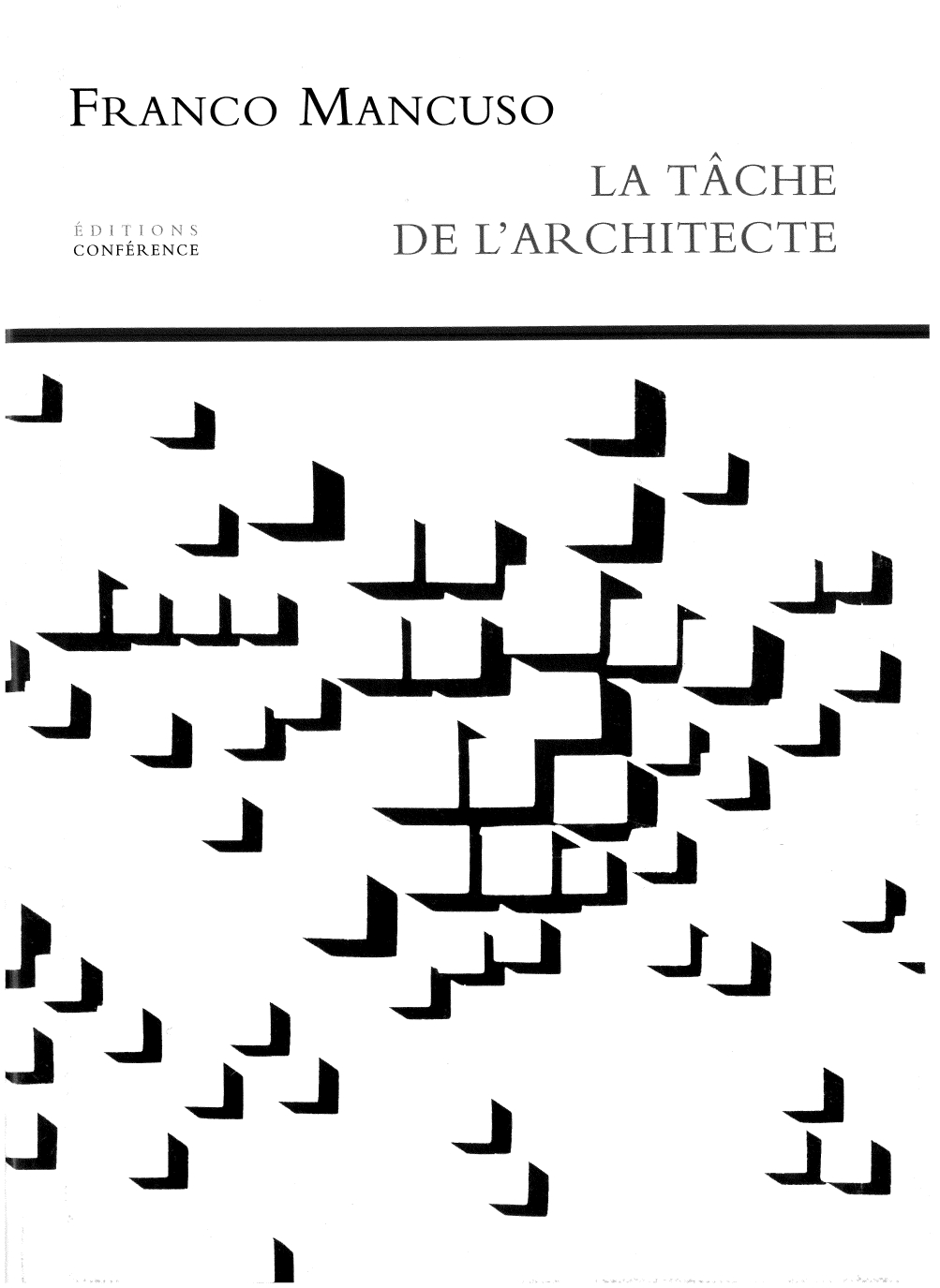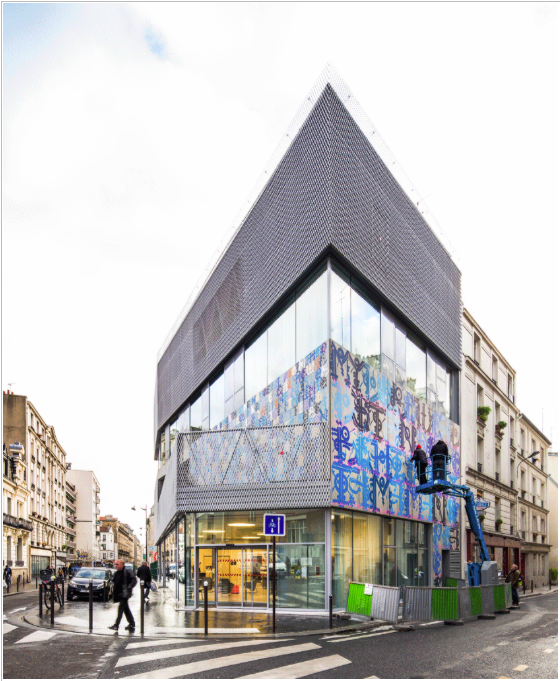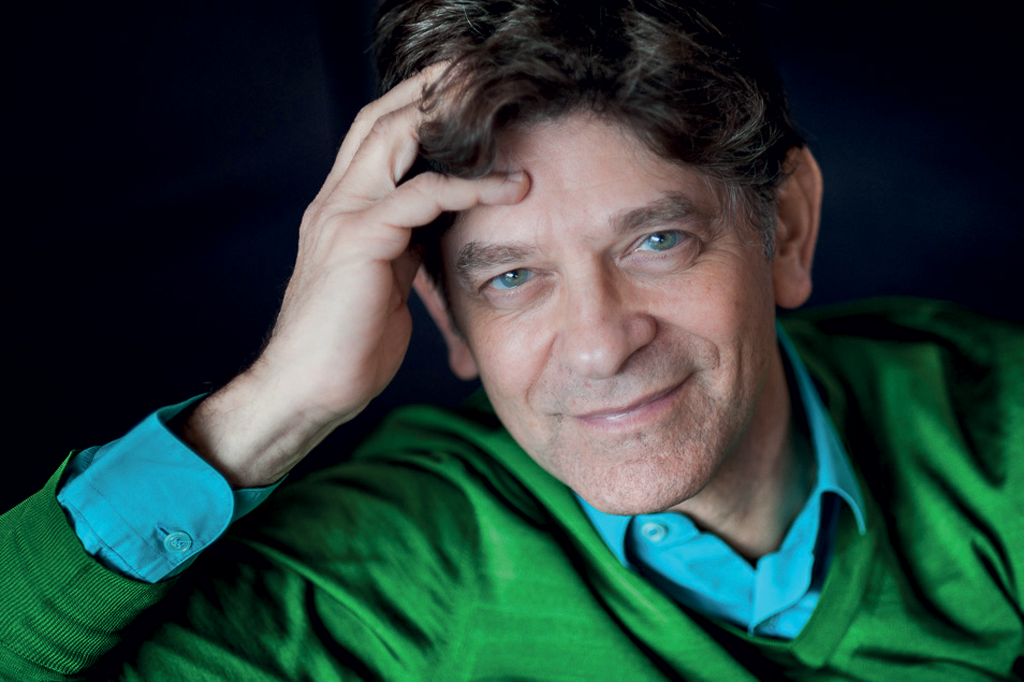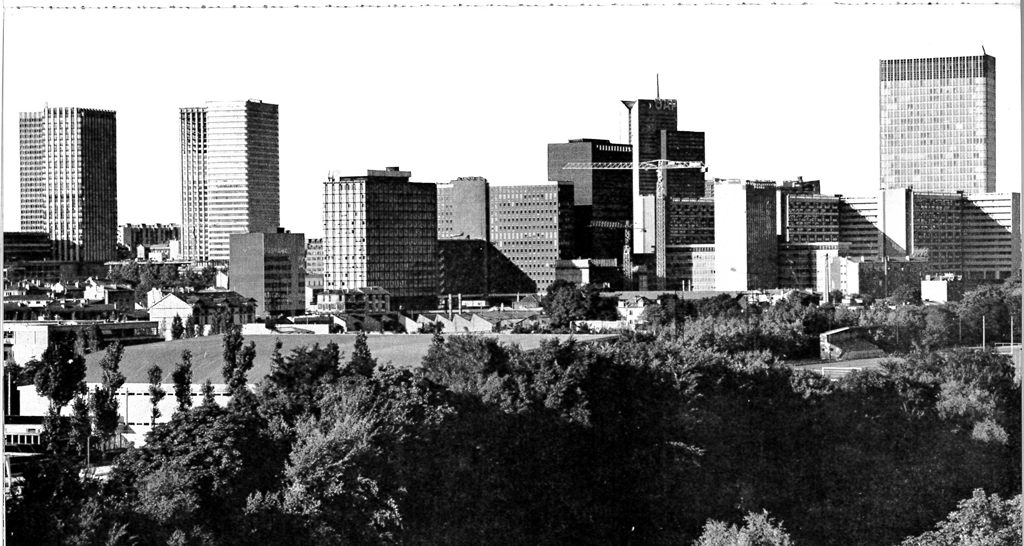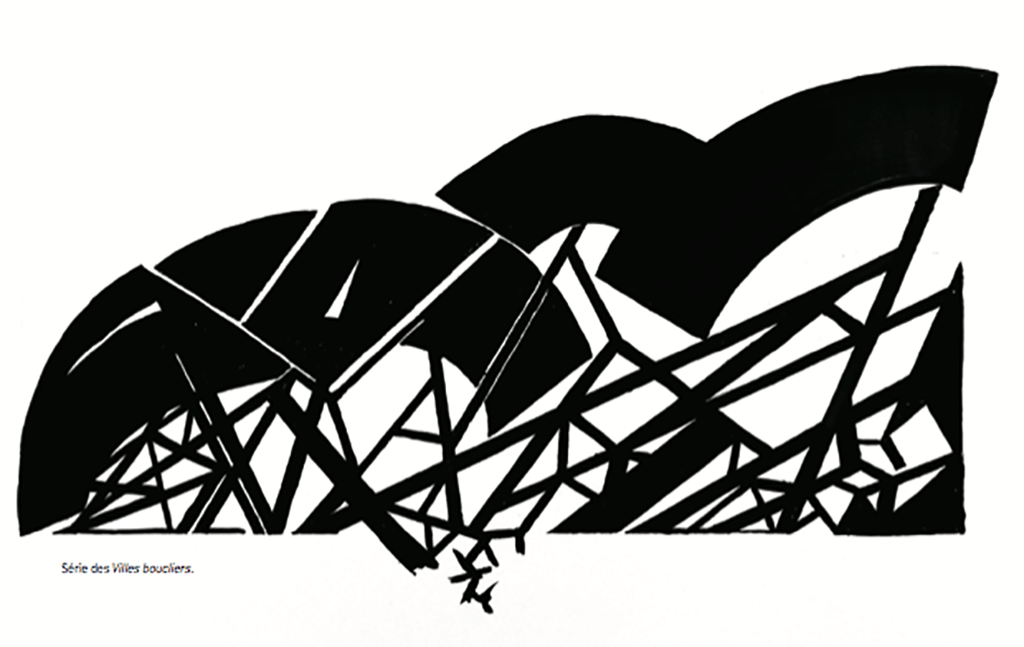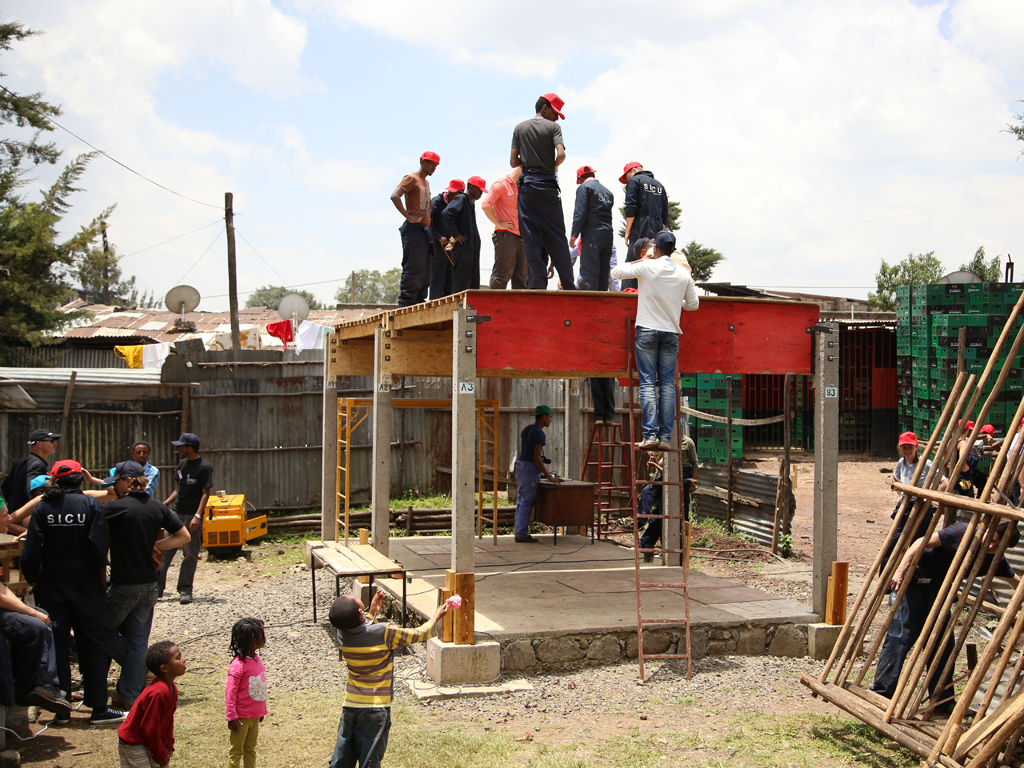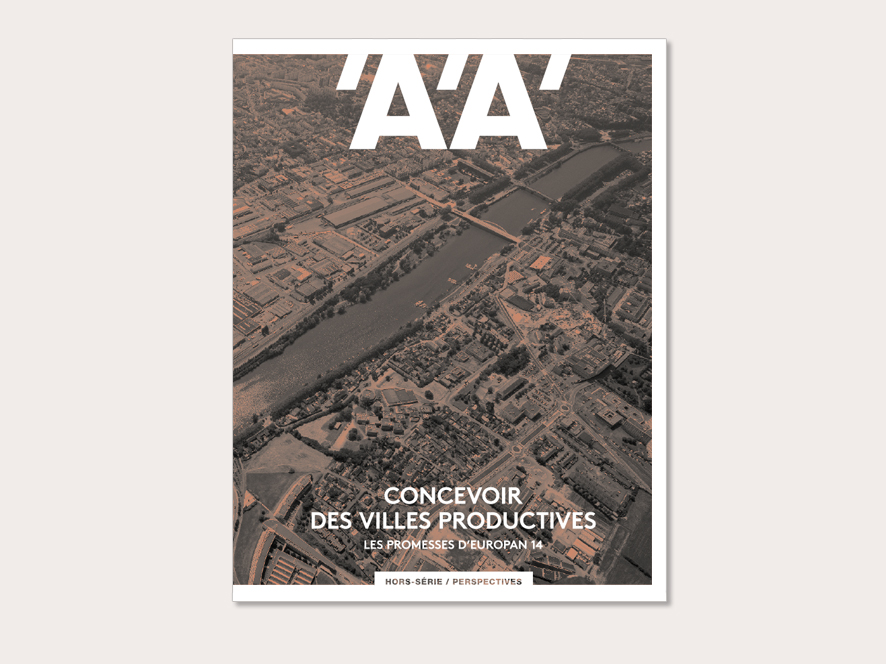Reading Note: The Architect’s Task, by Franco Mancuso
Review of the book The Architect's Task, by Franco Mancuso (Éditions Conférence, Trocy-en-Multien, 2022) by Chiara Barattucci, architect and urban planner, contract professor at the Polytechnic University of Milan.
This imposing volume of 841 pages, authored by the Venetian professor and urban architect Franco Mancuso, gathers 45 essays already published in Italy for over fifty years. It is a collection of various writings – lectures, seminars, book fragments, travelogues – that reveal the long and rich intellectual, academic and professional journey of the author. In order to present his ideas and reflections, it is interesting to recall that in the mid-70s of the last century, Henri Lefebvre was invited to give a lecture at the IUAV University of Venice where he was welcomed and hosted by the author of this book. This meeting was fruitful: it consolidated the relationship between Henri Lefebvre, Franco Mancuso himself and his professor, the urban architect Giancarlo De Carlo, who thus decided to publish the journal Spazio e Società in Italy. This episode is also useful to understand the essential role that the author gives to the social dimension of architecture and urbanism.
For Franco Mancuso, the task of the architect and the mission of the urban planner lies in shaping the living spaces of the inhabitants, favoring their appropriation and continuous transformation of the spaces. In the preface to the book, the philosopher Christophe Carraud, translator and editor of the book, emphasizes that the author attaches great value to public space as a common good, as well as to the quality of projects to enrich the space of everyday life according to different spatio-temporal relationships. In his introductory notes, Franco Mancuso rather wishes to clarify the importance he attaches to the inseparable relationship between university education and the liberal profession of architecture for the development of carefully contextualized projects. However, it is important to clarify that this is not a book of the author’s projects: in fact, they hardly appear at all, except as experiences from which one can deduce reflections and suggestions to orient the architectural-urban project.
In the book, the texts are organized according to four “thematic affinities more than chronological” that give the titles to four chapters: 1. Between architecture and urbanism (p.3-281); 2. What cities teach (p.282-482); 3. The lesson of Venice (p.483-676); 4. On the squares of Europe (p.679-800). The first chapter brings together various texts that speak to the importance of integrating the skills of architecture and urbanism and includes both essays on the history of urbanism and on projects for the city of our contemporaneity. The text on zoning connects in an unpublished way the introduction and conclusions of the same author’s 1978 book Le Vicende dello zoning, on the birth and diffusion of the zoning technique in Germany and the United States since the late nineteenth century.
The origins of modern urbanism in the municipal experience between 1920 and 1940 is the subject developed in another article, in relation to two European cities: Frankfurt and Amsterdam. In a third historical essay, Mancuso deals with the working class cities in England at the end of the eighteenth century and in France and Belgium during the first half of the nineteenth century, but studying their affinities and differences with those of the Veneto Region: Schio, Valdagno, Piazzola, etc. The other writings, on the other hand, start from his experiences of professional practice and university teaching of the project.
After some considerations on the political difficulties of architecture in Italy, Mancuso dives into the different ways of developing a project of urban planning and design by learning from the different contexts. The important relationship between architecture, urbanism and landscape is also discussed, as well as the importance of the right to beauty in the urban spaces of the contemporary city, recognizing the industrial heritage as a great resource for its requalification. The last two essays, on the other hand, are dedicated to his teacher and friend Giancarlo De Carlo, to his project for Terni in the early seventies and to the importance of reusing the existing.
The second part of the book gathers writings on various cities. Franco Mancuso’s deep knowledge of Algiers emerges, especially of its historical heritage and the ways in which its inhabitants live it. We return to Europe in another essay from the late 1980s, in which the author closely observes Barcelona, seen by Italy as a living laboratory on the project of public spaces. The essays that follow offer descriptions of trips to Tokyo, Seoul, Beijing: they highlight specific urban forms and practices of life, extremely different from European cities, especially because of the absence of urban centers, squares, public spaces for collective life.
Among the texts in the second part, after the one devoted to Le Corbusier’s Chandigarh, there is also another, very interesting one, devoted to Jerusalem, its light and its architecture, but especially to the great urban park of Yad Vashen. The third chapter of the book is entirely devoted to the author’s city, Venice, from different perspectives. Some of the texts concern the school where he trained and taught for decades, the IUAV (University Institute of Architecture of Venice). In particular, Mancuso highlights three figures who were important to him and to the school itself: the urban architects Giuseppe Samonà and Giancarlo De Carlo and the architectural historian Bruno Zevi. Two essays dedicated to the Venice Architecture Biennale are an opportunity to emphasize the importance of going beyond a purely artistic conception of architecture and the need to show more in the project its relations, including tension, with societies.
After an article dedicated to Le Corbusier’s Venice Hospital, Mancuso turns his attention directly to the spaces and life of Venice. The texts dedicated to the progressive aging of the city’s inhabitants, and therefore to the importance of thinking about projects dedicated to this delicate age of life, are particularly intense. The theme is taken up in another essay on living and dying in Venice, which highlights the importance for the elderly of the public dimension of the city. Many of the author’s reflections in other texts, on the other hand, concern the problematic relationship between the design of the new architecture and the ancient fabric of the city. Referring to many specific places in Venice, from the Castello district to the island of Giudecca, Franco Mancuso’s thesis is that “it is the new, if conceived with intelligence, culture and relevance, that gives meaning to the old. Two of his project experiences in Venice, which the author discusses in another article, the convent of San Lorenzo and the Korean pavilion at the Biennale Gardens, are examples of how he has long interpreted his city with his “projecting” eye. Mancuso also illustrates the technical skills one must have to operate in such a city, built on water and characterized by unique urban elements that must be studied with historical depth. The author concludes the third part with a civil oration for his city, a text of 2019 that denounces the serious problems that endanger the survival of Venice: the continuous depopulation, the aging of the population, the tourist consumption, the high waters, the passage of large ships.
The fourth and final part of the book is entirely concerned with his research on European squares. An essay from 2012 explains the characteristics of the square and public spaces in the European city, with its quality and civic value, center of gravity, place par excellence of city dwellers and citizens. The importance of their redevelopment so that they can continue to play a role in the contemporary city is illustrated by a journey through the redeveloped squares of many European cities such as Milan, Paris, Barcelona. The text concerning the place in the historical evolution of the Italian city as a place of the most intense historical stratifications is fundamental. The following articles, on the requalification and revitalization of Italian squares, written in 2011 and 2018, present recent projects for their revitalization, also as places for culture, in Vercelli, Trieste, Bologna, Turin, Rome, Naples, etc. In the last text, Mancuso dives into the explanation of his project for the great square of Palmanova, seen as the perfect opportunity to interpret and reveal the history of places, but in close relation to the importance of project research to offer a new quality of life.
The book ends with the Bibliographic References, which indicate where and when the original texts in Italian were published. In conclusion, it is important to emphasize that all the texts are accompanied by numerous illustrations, fundamental to understand the projects and places. Another aspect to be mentioned is the book’s topicality: although many texts have been written and published for many years, the relevance of the reflections for the understanding of the urban and to guide the architectural-urbanistic project of today is certain. It is a volume that is also very useful for the training of future urban architects and for making Italian architectural and urban planning culture better known in France.
More thoughts on the city in our issue 448: "Tomorrow's Cities" available on our online store.


